A close up into the coral reef: the corallite
Article / Written by Aldine Amiel / 15 Sep 2010


From sacred stones to jewelry, from prehistoric time to today, corals have always been an important center of interest for humans. But what are corals? Despite their fragile appearance, how can they build entire and rock solid coastlines? Have you ever wondered how a coral would look like without its soft skin? Here we present you some rarely seen details of the coral reef.
This log is published in Tara Expeditions
READ 11996 TIMES / 0 COMMENTS

Porites sp

Coscinaraea monile

Coscinaraea monile
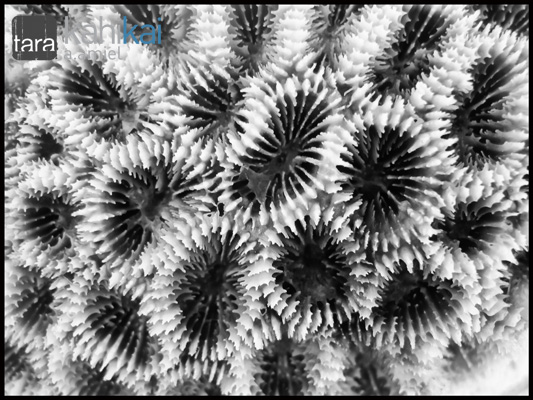
Favia rotonda
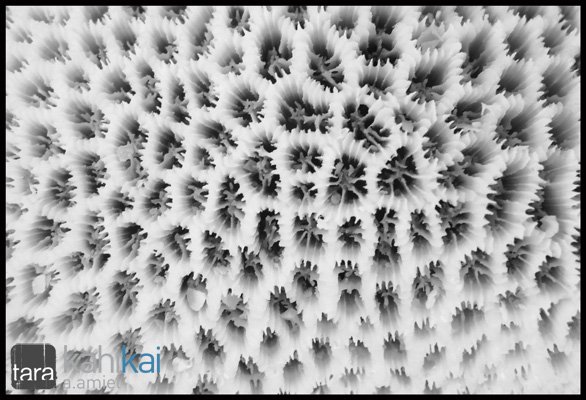
Goniastrea retiformis
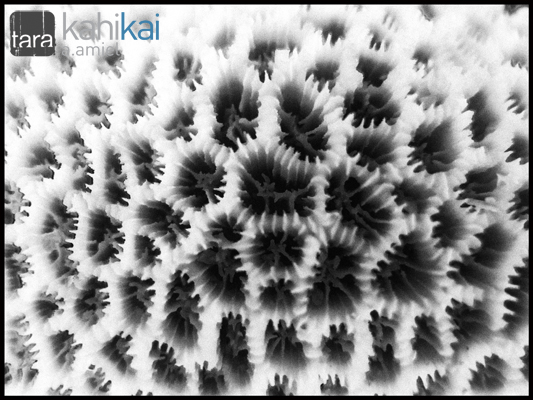
Goniastrea retiformis

Goniastrea pectinata

Favites cf spinosa

Gardineroseris planulata

Ctenella chagius
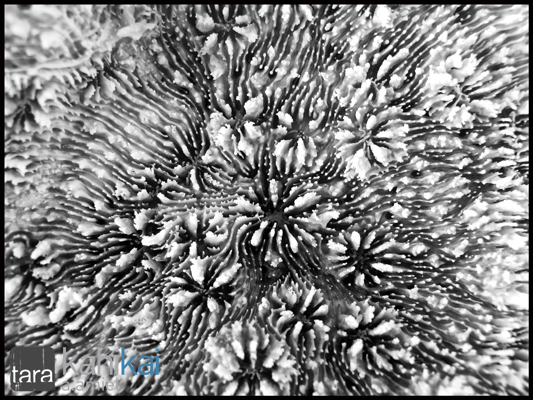
Echinophyllia echinata

Favites peresi
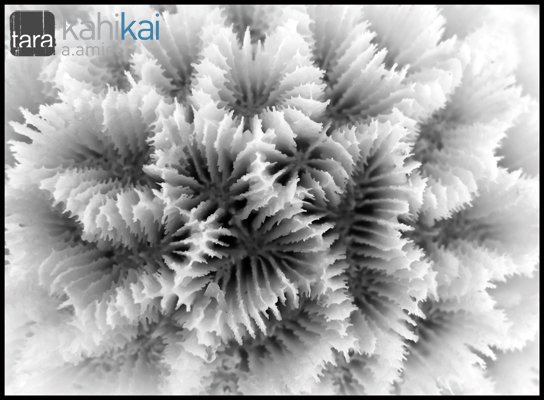
Platygyra cf pini

cf Favia/Favites
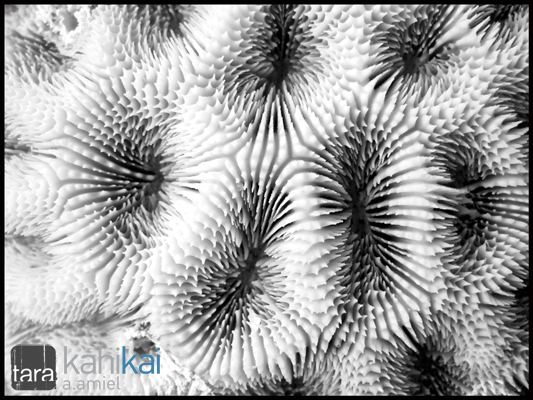
Seriatopora cf caliendrum
During historical time, the Egyptians, Greeks and Romans already used the ‘product of the Gods’ to carry objects and jewelry. According to Greek mythology, Perseus cut off the head of a gorgon (type of coral), name Medusa, placed it on a cushion of seaweed that was then flooded with blood. It froze, and thus created the coral that soon spread throughout the oceans.
For a long time, corals have also been subject of various faiths. For example, in the Middle Age, a piece of coral was hidden in a purse as a talisman against witchcraft! It was also asserted that it made fertile crops and prevents boats from lightening strikes. Considered by Tibetans and American Indians as a sacred stone, it symbolizes the “life force energy” and protects against the evil eye. The coral was used as a medication for the human body as well. It was presumed that the one who posses a piece of red coral will have his blood circulation invigorate. The pink coral has an influence on the heart, the seat of emotions, and it protects the nutritional deficiencies and depression. In the Arab tradition, it was used against dysentery, as eye drops, and even as toothpaste! A fragment of black coral from the Anthipatharians (which literally means “against the suffering”) family was supposed to be a “magic stick” against pain and sickness. Thus, corals have always intrigued human beings…
After years and years of intense studies, we learn more and more about corals biology and the important roles they play in our coral reef ecosystems. Despite all beliefs and superstitions, the coral is a marine animal, cousin of our so-called jellyfish. Together with sea anemones they belong to the larger group of Cnidaria. The name Cnidaria comes from the presence of small urticant cells, the so-called cnidocytes, found in the skin of all the animals belonging to that group. Corals, as well as the other members of the cnidaria, use these urticans cells to catch their food out of the water column and as a protection again the predators.
Coral is a general word used for a number of cnidarians with very different characteristics and the invention of a hard skeleton below the soft skin is a particularity of only a few of them. For example, the Scleractinians (also called stony corals) have a real hard calcium carbonate skeleton, while gorgonians (also known as sea whip or sea fan) can posses a skeleton made from gorgonin (a corneous substance) or calcerous spicules. Soft corals, although they are not considered as corals with skeleton per se, also have calcareous spicules dispersed in their fleshy bodies.
Corals, which appear to be a single organism, are actually most of time a colony of thousands of identical polyps. Each polyp is typically only a few millimeters in size and over many generations the colony secretes a skeleton that is characteristic of the species. So each polyp resides in its own secreted ‘home’ within the entire coral skeleton where it retracts to protect itself from the stressful environment. These small ‘homes’ are named the corallite. Only Scleractinians (which have a real calcium carbonate skeleton) do have corallites.
During our recent trip with TARA to the St Brandon archipelagos, we made a survey of the coral reef in term of coral quantity and quality by looking the healthiness, as well as the biodiversity. After removing carefully the animal tissue from the skeleton that will be used for genetic analysis back in our home laboratories, we imaged in details the corallite structures of the various coral species. The shape and organization diversity of the corallites are amazingly beautiful and can be used for coral classification within the animal tree of life.
Corals can be hard or soft, white, brown or full of colors, solitary or in colonies; their aspect is astonishing and amazingly diversified and their survival is crucial for the welfare of our entire planet. They cured our fears, our diseases, now its our turn to protect them from the human impact…
Special thanks to Francesca Benzoni for providing access to the Saint Brandon Coral collection and Emmanuel Reynaud for its support. http://oceans.embl.de/index.php/Francesca_Benzoni http://oceans.embl.de/index.php/Emmanuel_G._Reynaud http://oceans.embl.de/index.php/Aldine_Amiel
No comments have been added yet!